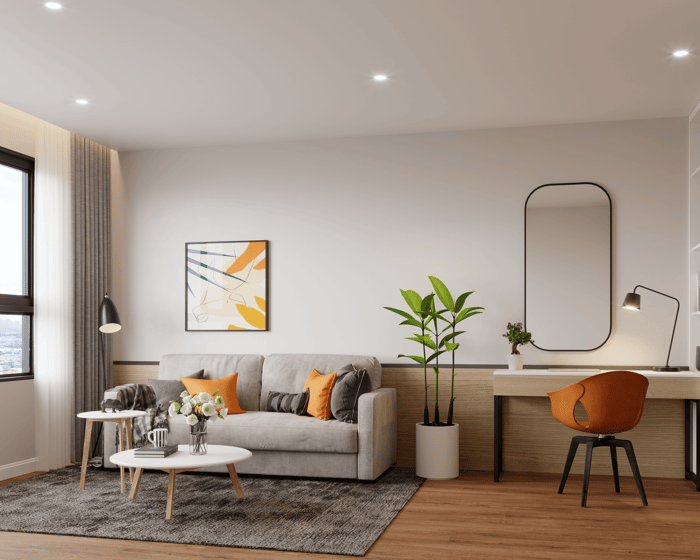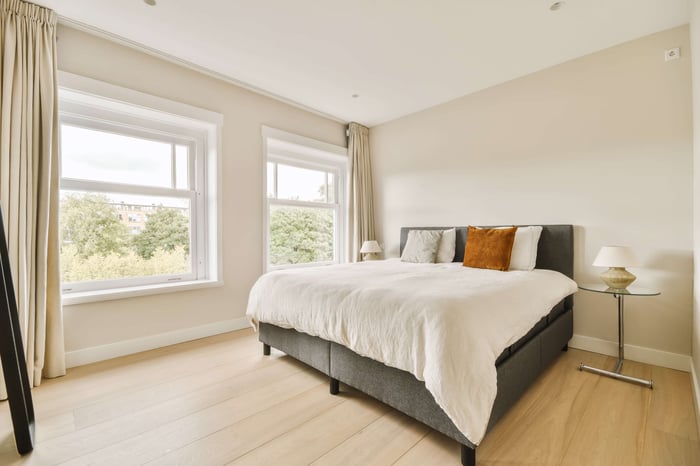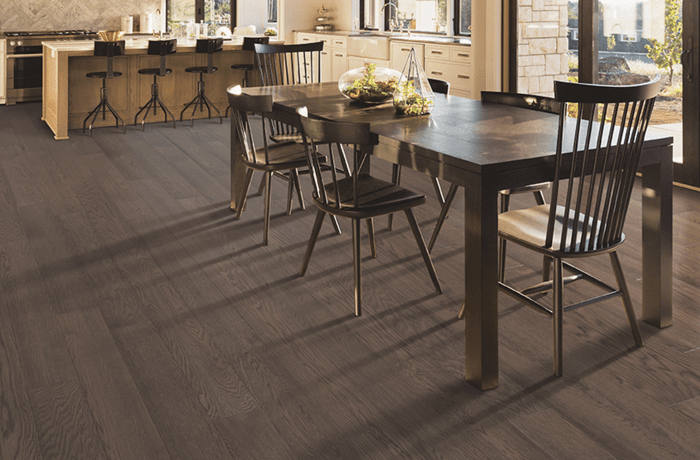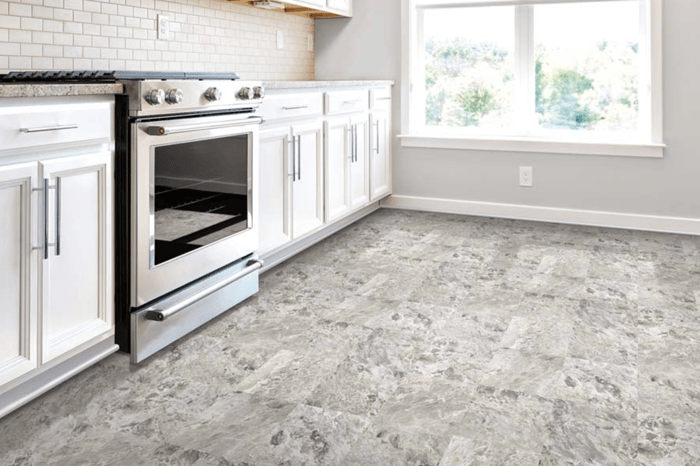Table of Contents
Hardwood flooring is a timeless and elegant addition to any home, renowned for its natural beauty and durability. However, many homeowners may not be aware of the critical role that hardwood floor acclimation plays in ensuring a successful and long-lasting installation.
By understanding the importance of hardwood flooring acclimation time and following proper procedures, you can ensure that your hardwood floors in West Chester, OH and the surrounding areas remain beautiful and stable for years to come.
What Does “Hardwood Floor Acclimation” Mean
Hardwood floor acclimation is the process of allowing hardwood planks to adjust to the temperature and humidity levels of their new environment before installation. Wood is a hygroscopic material, meaning it naturally absorbs and releases moisture from the surrounding air to achieve equilibrium. When hardwood flooring is brought into a new environment, it needs time to acclimate to prevent potential issues like warping, buckling, or gaps after installation.
Why is Hardwood Floor Acclimation So Important?
Acclimation is crucial for several reasons:
Prevents Dimensional Changes
By allowing the wood to adjust to its new environment, acclimation minimizes the risk of expansion or contraction after installation, which can lead to unsightly gaps, buckling, or cupping.
Ensures Stability
Acclimation helps stabilize the wood, reducing the likelihood of movement and noise after installation.
Promotes Long-term Performance
Proper acclimation contributes to the overall longevity and performance of your hardwood flooring, ensuring it remains beautiful and functional for years to come.
Hardwood Floor Acclimation Time: How Long is Enough?
The hardwood floor acclimation time varies depending on several factors, including:
Wood Species
Different wood species have varying moisture content and acclimation requirements, meaning they need to adjust to the humidity and temperature levels of their new environment before installation. This is crucial to prevent issues like warping, cupping, or gapping after the flooring is in place. Wood species from more humid climates, like Brazilian Cherry or some exotic hardwoods, may require longer acclimation periods in drier environments.
Conversely, wood species from drier regions might need to acclimate in more humid settings. Following the manufacturer's recommendations for acclimation time and conditions is essential for ensuring a successful and long-lasting hardwood flooring installation.
Climate Conditions & Seasonal Changes
The temperature and humidity levels of your home play a crucial role in the acclimation process for hardwood flooring. Wood naturally expands and contracts in response to changes in moisture and temperature, so it's essential to allow the wood to adjust to its new environment before installation. In areas like Cincinnati or Columbus, OH, where humidity levels fluctuate significantly between the dry winter months and the humid summers, proper acclimation is particularly important. The origin of the wood also influences acclimation time, as wood from a drastically different climate will require more time to adjust.
JP Flooring can advise on the appropriate acclimation period based on your specific conditions and the type of wood flooring you've chosen. This ensures a stable and successful installation, minimizing the risk of issues like warping or buckling after the floors are in place.
Manufacturer Recommendations
Always follow the manufacturer's specific acclimation guidelines for your chosen flooring. This typically involves storing the flooring in the room where it will be installed for a specific period, allowing it to adjust to the room's temperature and humidity levels. Proper acclimation helps prevent issues like expansion, contraction, or warping after installation, ensuring your new floors remain beautiful and stable for years to come. Refer to the manufacturer's instructions for the recommended acclimation time and conditions, as these can vary depending on the flooring type and the environment.
Generally, hardwood flooring should be acclimated for a minimum of 3 to 7 days. However, in some cases, it may require longer, especially if there's a significant difference between the storage conditions and your home's environment.

Best Practices for Hardwood Floor Acclimation
To ensure proper acclimation, follow these guidelines:
Delivery and Storage: Upon delivery, store the hardwood flooring in the room where it will be installed. This allows it to gradually adjust to the environment.
Climate Control: Maintain a consistent temperature and humidity level in the room during the acclimation period. Avoid extreme temperature fluctuations or excessive humidity.
Proper Ventilation: Ensure adequate ventilation in the room to facilitate moisture exchange.
Follow Manufacturer's Instructions: Adhere to the manufacturer's specific acclimation instructions for your chosen hardwood flooring.
Contact JP Flooring to Explore Our Wide Range of Wood Floors
At JP Flooring, we're not just about selling flooring; we're about providing expert guidance and support throughout your flooring journey. Our experienced team understands the importance of hardwood floor acclimation and can provide you with the knowledge and resources to ensure a successful installation. Call or visit JP Flooring. We have a showroom location in West Chester, OH. We service the areas of Northern Kentucky and Cincinnati, OH. We've serviced the greater Cincinnati area for 20+ years.
We're committed to offering a personalized experience, taking the time to understand your needs, lifestyle, and aesthetic preferences. With our extensive selection of high-quality hardwood flooring and our dedication to customer satisfaction, you can trust JP Flooring to help you create a beautiful and durable foundation for your home.




